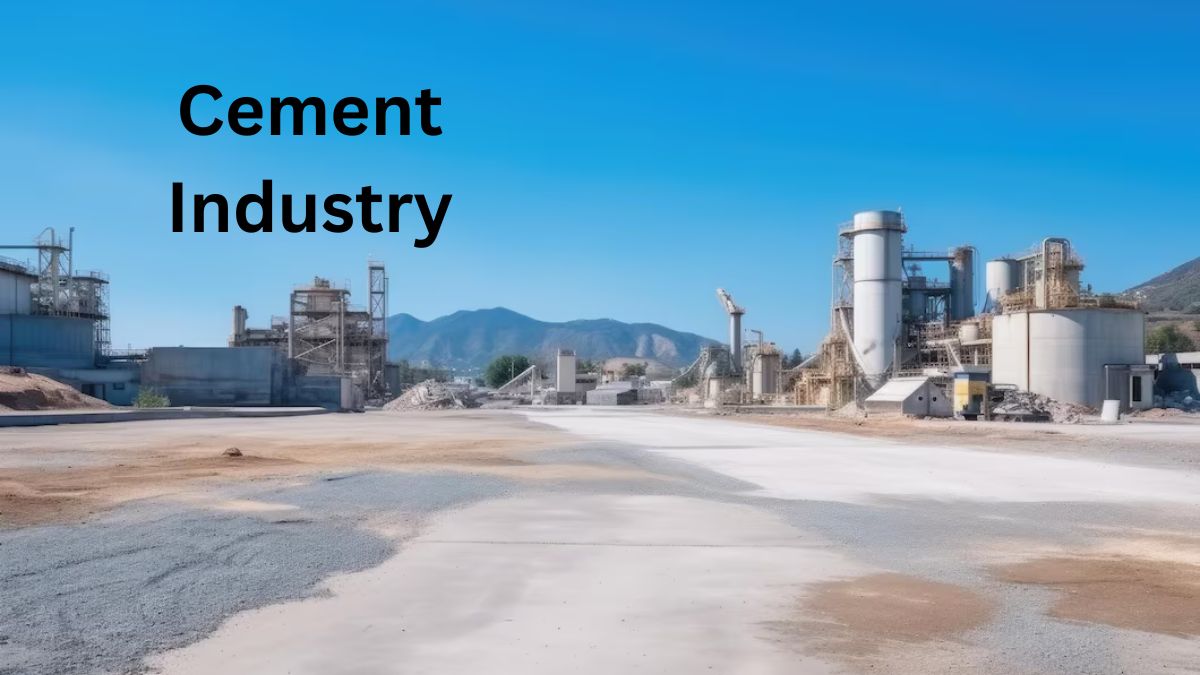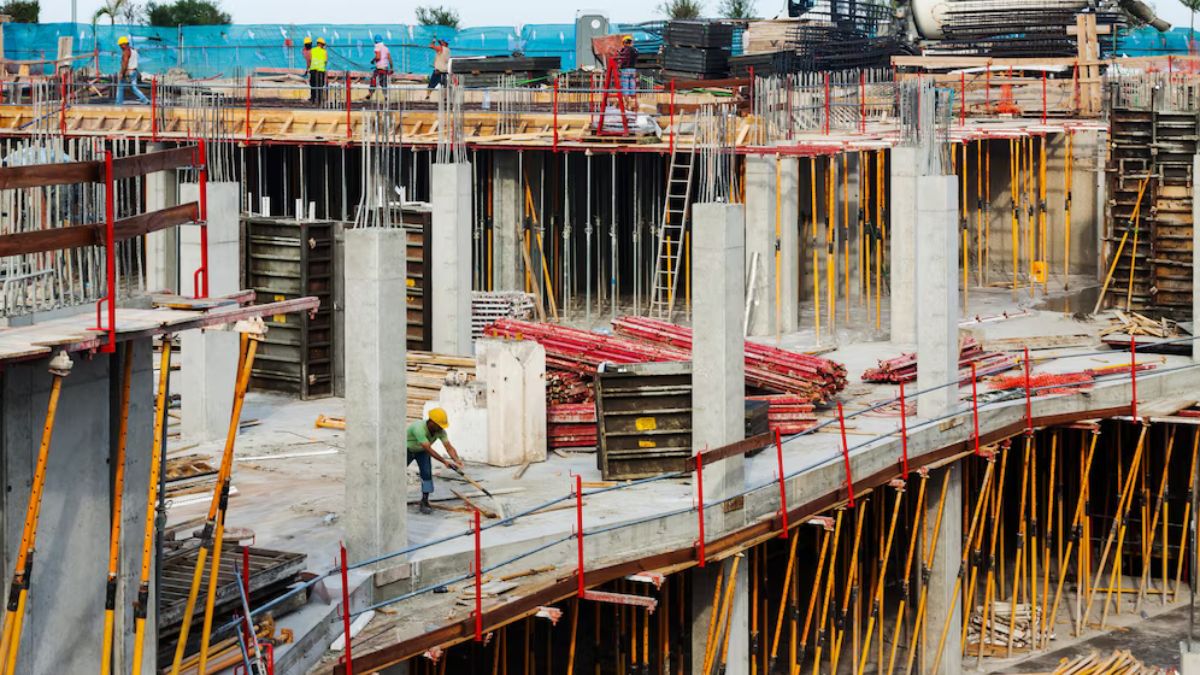Welcome to the fascinating world of cement – an indispensable building material that forms the very foundation of our infrastructure and construction projects. As we delve into the innovations driving growth in the cement industry, get ready to discover how technology, sustainability, and digitalization are revolutionizing an age-old sector. Join us on this journey to explore the exciting advancements shaping the future of cement production!
Technological advancements in the cement manufacturing process
The cement industry has seen significant advancements in technology that have revolutionized the manufacturing process. One key innovation is the use of automation and robotics to streamline production and improve efficiency. These technologies allow for precise control over various stages of cement production, resulting in higher quality products.
Another crucial advancement is the development of alternative materials such as fly ash, slag, and silica fume to replace traditional raw materials like limestone. This not only reduces the environmental impact but also enhances the properties of the final cement product.
Furthermore, digital monitoring systems now enable real-time data collection and analysis throughout the production cycle. This level of connectivity allows for better decision-making and optimization of resources, leading to increased productivity and reduced costs.
Technological advancements continue to drive growth in the cement industry by enhancing sustainability, improving product quality, and optimizing operations for a more competitive market landscape.
Increased demand for sustainable and eco-friendly cement products
As environmental awareness continues to grow, so does the demand for sustainable and eco-friendly products across all industries. In the cement sector, this shift towards sustainability is no different. Consumers are becoming more conscious of the impact their choices have on the planet, prompting a surge in the desire for green alternatives.
Manufacturers are responding to this call by developing innovative solutions that reduce carbon emissions and minimize environmental harm without compromising on quality or performance. From using renewable energy sources in production to incorporating recycled materials into their mixes, companies are actively embracing sustainability as a core principle.
The rise in demand for eco-friendly cement products isn’t just driven by consumer preferences; regulatory bodies and governments worldwide are also pushing for stricter environmental regulations. This increased pressure is compelling manufacturers to adapt quickly and invest in greener technologies to meet these evolving standards.
As sustainability becomes a non-negotiable factor in purchasing decisions, the cement industry’s focus on eco-friendly practices will only continue to intensify. By prioritizing sustainable methods and products today, businesses can secure their position in an increasingly environmentally conscious market tomorrow.
Innovations in alternative fuels and raw materials used in cement production
As the cement industry continues to evolve, innovations in alternative fuels and raw materials are playing a crucial role in shaping its future. Traditional fossil fuels like coal are being replaced with more sustainable options such as biomass, waste-derived fuels, and even plastics. These alternatives not only reduce carbon emissions but also contribute to the circular economy by reusing materials that would otherwise end up in landfills.
Moreover, the exploration of unconventional raw materials like industrial byproducts or agricultural residues is gaining momentum. By incorporating these materials into the production process, cement manufacturers can decrease their reliance on traditional resources while minimizing environmental impact.
The shift towards using alternative fuels and raw materials highlights the industry’s commitment to sustainability and reducing its carbon footprint. As technology advances and research progresses, we can expect even more innovative solutions to emerge in this space, driving further growth and progress within the cement sector.
The impact of digitalization on the industry
Digitalization has revolutionized the cement industry, streamlining processes and enhancing efficiency. From advanced automation systems to real-time monitoring tools, technology is reshaping how cement plants operate.
With the implementation of digital solutions, companies can optimize production schedules, reduce energy consumption, and minimize waste generation. This not only improves productivity but also reduces environmental impact.
Furthermore, digital tools enable predictive maintenance strategies, helping prevent equipment breakdowns and costly downtime. By harnessing data analytics and artificial intelligence, manufacturers can make informed decisions to enhance overall performance.
Incorporating digitalization into every aspect of the industry is paving the way for a more sustainable future. As technology continues to evolve rapidly, embracing these innovations will be crucial for staying competitive in the ever-changing landscape of the cement sector.
Future predictions for the growth of the cement industry
As we look ahead to the future of the cement industry, exciting growth opportunities are on the horizon. With advancements in technology and sustainability efforts gaining momentum, the industry is poised for significant transformation.
One key trend shaping the future of cement production is the increasing focus on eco-friendly practices. Consumers and regulators alike are pushing for greener solutions, driving innovation in sustainable materials and processes.
Moreover, digitalization is expected to revolutionize how cement companies operate. From predictive maintenance to data analytics, leveraging technology will enhance efficiency and drive productivity gains across the value chain.
Additionally, as urbanization continues to rise globally, demand for infrastructure development will fuel growth in the construction sector – a boon for cement manufacturers.
In conclusion – The stage is set for a dynamic evolution in the cement industry, where innovation and sustainability will be essential drivers of long-term success.
Conclusion: Embracing innovation for a sustainable future
The cement industry is experiencing a wave of transformation driven by innovation. From technological advancements in manufacturing processes to the use of sustainable materials and fuels, the industry is evolving towards a more eco-friendly and efficient future. Embracing digitalization and adopting cutting-edge practices will not only drive growth but also contribute to a sustainable environment for generations to come. By staying abreast of these innovations and trends, cement manufacturers can position themselves as leaders in the global market while making significant strides towards a greener tomorrow. The journey towards sustainability starts with embracing innovation today.










